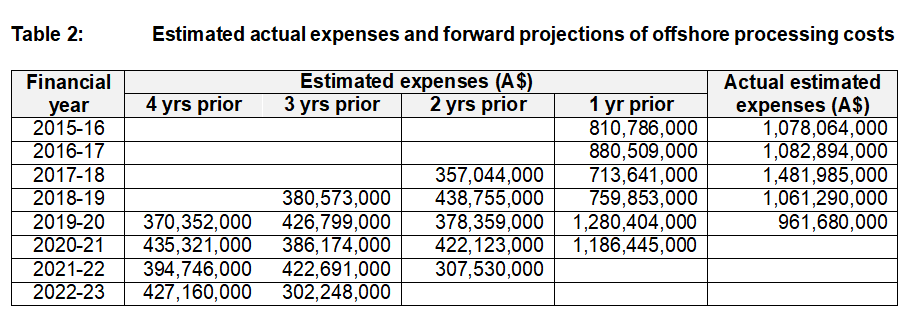In Australia and the UK, focus is on costs of detention
On the basis that ‘it’s cheaper’, Australia’s Home Affairs minister, Peter Dutton, has in recent weeks released about 60 refugees into the community, a policy about-face that suddenly brought the costs of immigration detention back to the fore in Australia’s political discussion.



